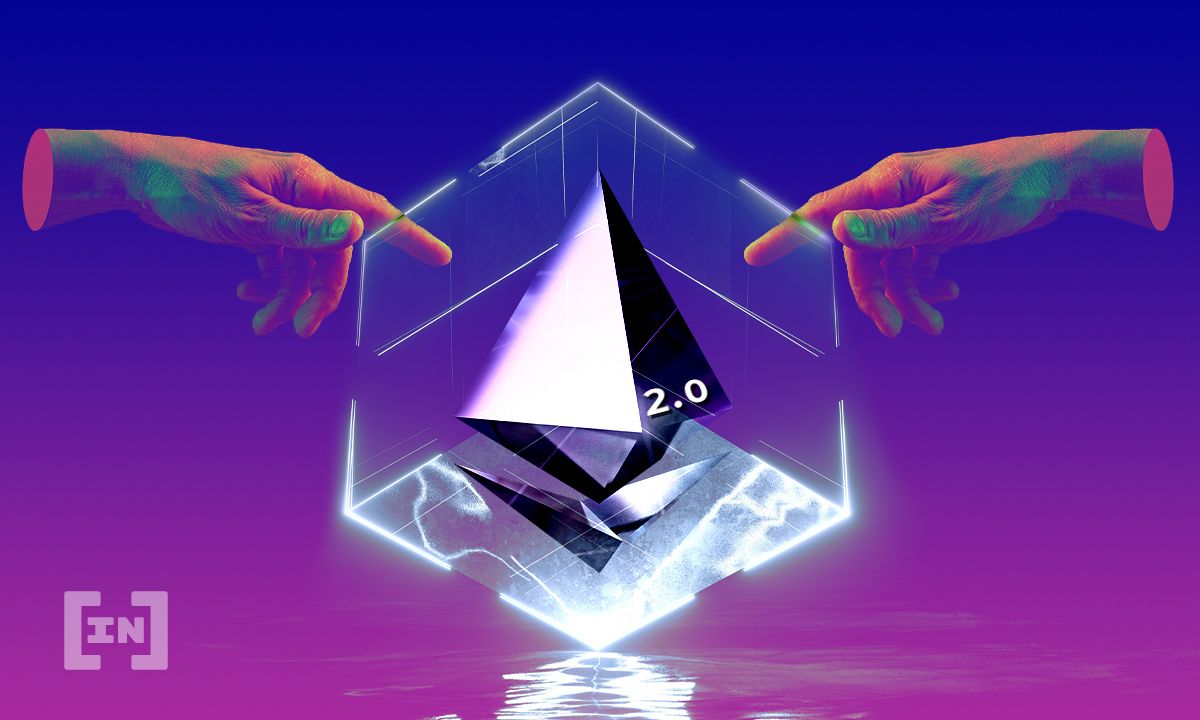Ethereum 2.0 (Eth2) aims to solve issues coming with greater adoption by becoming more scalable, secure, and sustainable.
Ethereum has had enormous success since it launched in 2015. Improving on bitcoin, the blockchain utilizes smart contracts, which enable a host of decentralized applications (dApps). Platforms using dApps on Ethereum have exploded over the past year. The total NFT marketplace is estimated to be worth at least $1 billion. Meanwhile, the total value locked in DeFi protocols went from $63 million in March 2020 to where it currently stands at $43 billion, according to DeFi Pulse.
However, this increasing usage has been a double-edged sword. Higher demand means the existing infrastructure is becoming a bit overloaded. This means transaction fees and gas prices have become expensive for the average user. Running a node is becoming more difficult as disk space gets eaten up. And more usage means more energy needed to power it. Upgrades to Eth2 seek to solve these issues and more by making the blockchain more scalable, secure, and sustainable.
Ethereum’s Problems and Solutions
To accommodate the increased usage, Ethereum needs to scale up. Developers intend to do this by creating more nodes. The shard chain upgrade will spread the load of the network in 64 new chains. This will diffuse the load on the network significantly. It will also require less work from validators, which will only need to run their shard.
Security will also need to be bolstered as the network expands. Eth2 will move from a proof-of-work to a proof-of-stake model for validators. This will disincentivize potential abuse, such as a 51% attack to push through fraudulent transactions. This is because validators will have to stake a significant amount of ETH, which could be potentially destroyed if they abuse the network. The Beacon Chain upgrade will also randomly assign validators to different shards, drastically minimizing the potential for collusion to attack a node. Staking will also enable more users to become validators, as they’ll no longer be precluded for not having ‘elite’ hardware.
Finally, the upgrades will also make expanding the blockchain less energy-intensive. As the shard chains and Beacon Chain upgrades take place, the current Ethereum will run in parallel. Once they are up and running, they will merge or dock with Eth2. This will ultimately make the mainnet into a shard, requiring less energy to operate and expand it.
Update Expectations
The Beacon Chain is the first of the three upgrades. It is currently online, meaning users can already become validators and begin staking their ETH. The shard chains upgrade should take place sometime this year, depending on how well the Beacon Chain progresses. Once these two are operating, Docking is expected to take place by 2022 at the latest.
